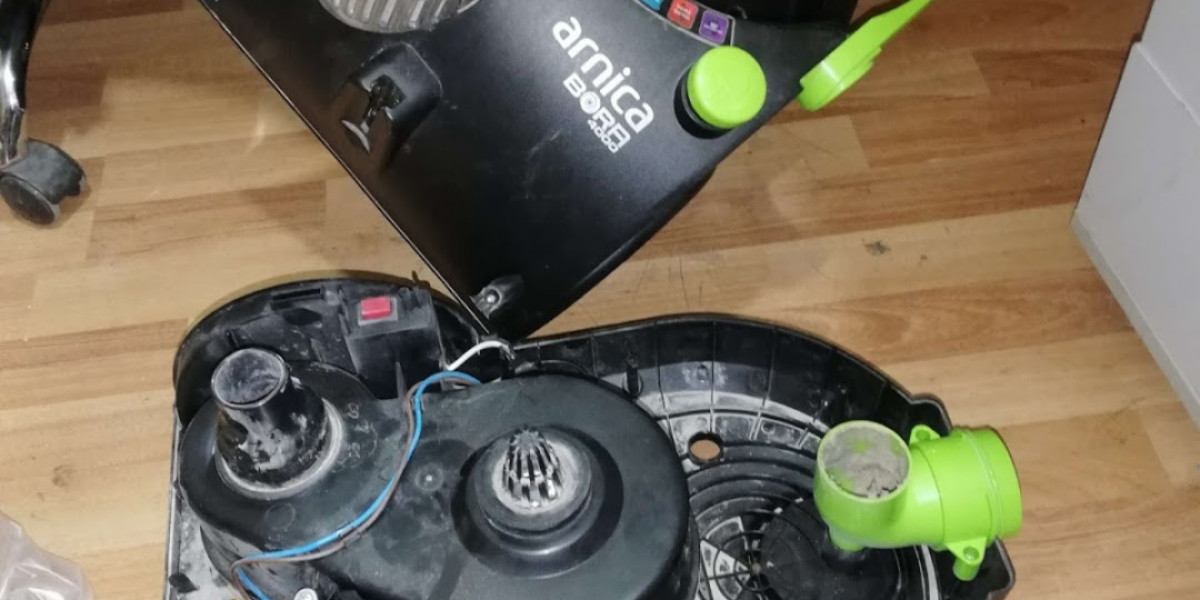Conveyor belt connectors, also known as conveyor belt splicing methods or techniques, play a crucial role in modern manufacturing processes. These connectors are utilized to join conveyor belts seamlessly, enabling the smooth transportation of materials and products along production lines. The integration of conveyor belt connectors is paramount to ensuring the efficiency, reliability, and productivity of manufacturing operations across various industries. In this comprehensive explanation, we will explore the different types of conveyor belt connectors, their benefits, and how they enhance manufacturing processes.
Types of Conveyor Belt Connectors
- Mechanical Fasteners:
Mechanical fasteners are one of the earliest and most common conveyor belt connector. They consist of metal plates and bolts that join the ends of conveyor belts. The plates are designed to mesh together tightly, providing a stable connection that can withstand heavy loads and high tension. Mechanical fasteners are simple to install and are suitable for a wide range of belt thicknesses and materials. They are commonly used in industries like mining, agriculture, and construction.
- Vulcanization:
Vulcanization is a bonding process that uses heat, pressure, and special adhesives to create a seamless joint between two ends of a conveyor belt. This technique results in a strong and durable connection, which is highly resistant to wear, tearing, and environmental conditions. Vulcanized conveyor belts are often preferred in industries where the belts come into contact with abrasive materials, extreme temperatures, or chemicals.
- Cold Bonding:
Cold bonding is a conveyor belt connecting method that uses adhesives or bonding materials at room temperature. Unlike vulcanization, which requires high heat, cold bonding is more convenient and can be done on-site. While not as strong as vulcanized joints, cold-bonded conveyor belts are still effective for certain applications. This method is commonly used for repairs and temporary splicing.
Benefits of Conveyor Belt Connectors
- Increased Efficiency:
By providing a smooth and uninterrupted flow of materials, conveyor belt connectors optimize the movement of goods along production lines. This reduces bottlenecks and downtime, leading to increased overall efficiency. A well-connected conveyor belt ensures that materials are transported from one process to another without delays or interruptions, maximizing the output of the manufacturing process.
- Enhanced Productivity:
With improved efficiency, manufacturing productivity also receives a significant boost. Employees can focus on their tasks without worrying about material handling, as the conveyor system takes care of the transportation process. This allows workers to concentrate on value-added tasks, leading to higher productivity and output.
- Lower Maintenance Costs:
Conveyor belt connectors that provide strong and reliable joints reduce the frequency of breakdowns and repairs. Mechanical fasteners and vulcanization methods, in particular, create robust connections that can withstand heavy loads and harsh conditions. As a result, manufacturers experience reduced maintenance costs and longer intervals between scheduled maintenance activities.
- Improved Safety:
Properly connected conveyor belts contribute to a safer work environment. Mechanical fasteners and vulcanized joints ensure that the belts remain aligned and prevent slippage, reducing the likelihood of accidents or injuries. Additionally, the smooth transportation of materials minimizes the need for manual handling, further enhancing workplace safety.
- Versatility:
Conveyor belt connectors cater to a wide range of industries and applications. Whether it's in mining, food processing, logistics, or manufacturing, conveyor belts with appropriate connectors can handle various materials, including bulk items, liquids, and fine powders. This versatility allows manufacturers to utilize conveyor systems for diverse tasks within their operations.
Conclusion
In conclusion, conveyor belt connectors significantly contribute to the efficiency and productivity of manufacturing processes across industries. The different types of connectors, such as mechanical fasteners, vulcanization, and cold bonding, offer varying degrees of strength and convenience to suit different applications. The benefits of properly connected conveyor belts extend beyond enhanced efficiency and productivity; they also include lower maintenance costs, improved safety, and the ability to handle diverse materials. As manufacturing continues to evolve, conveyor belt connectors will remain a vital component in streamlining production and optimizing material transportation.







